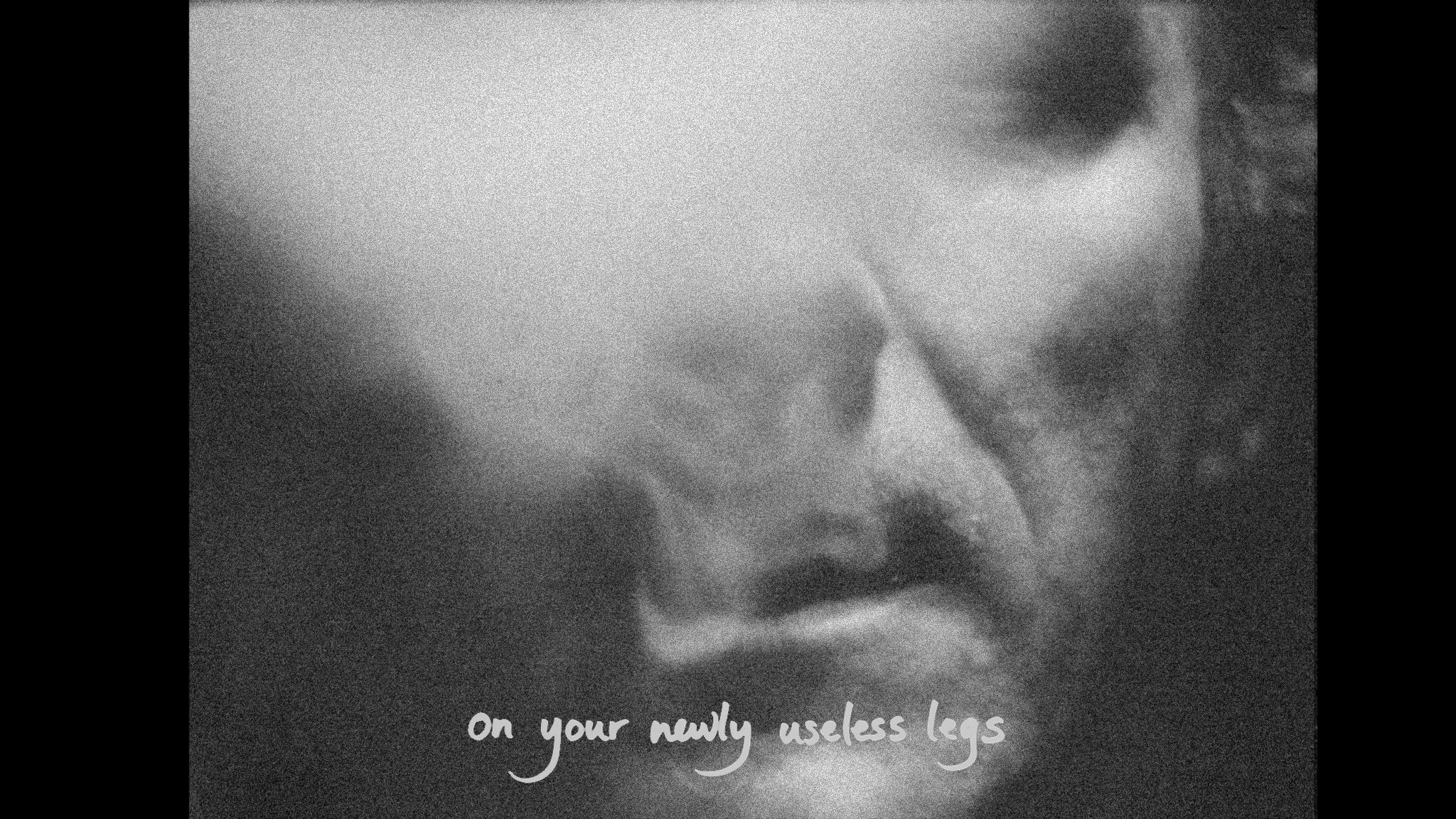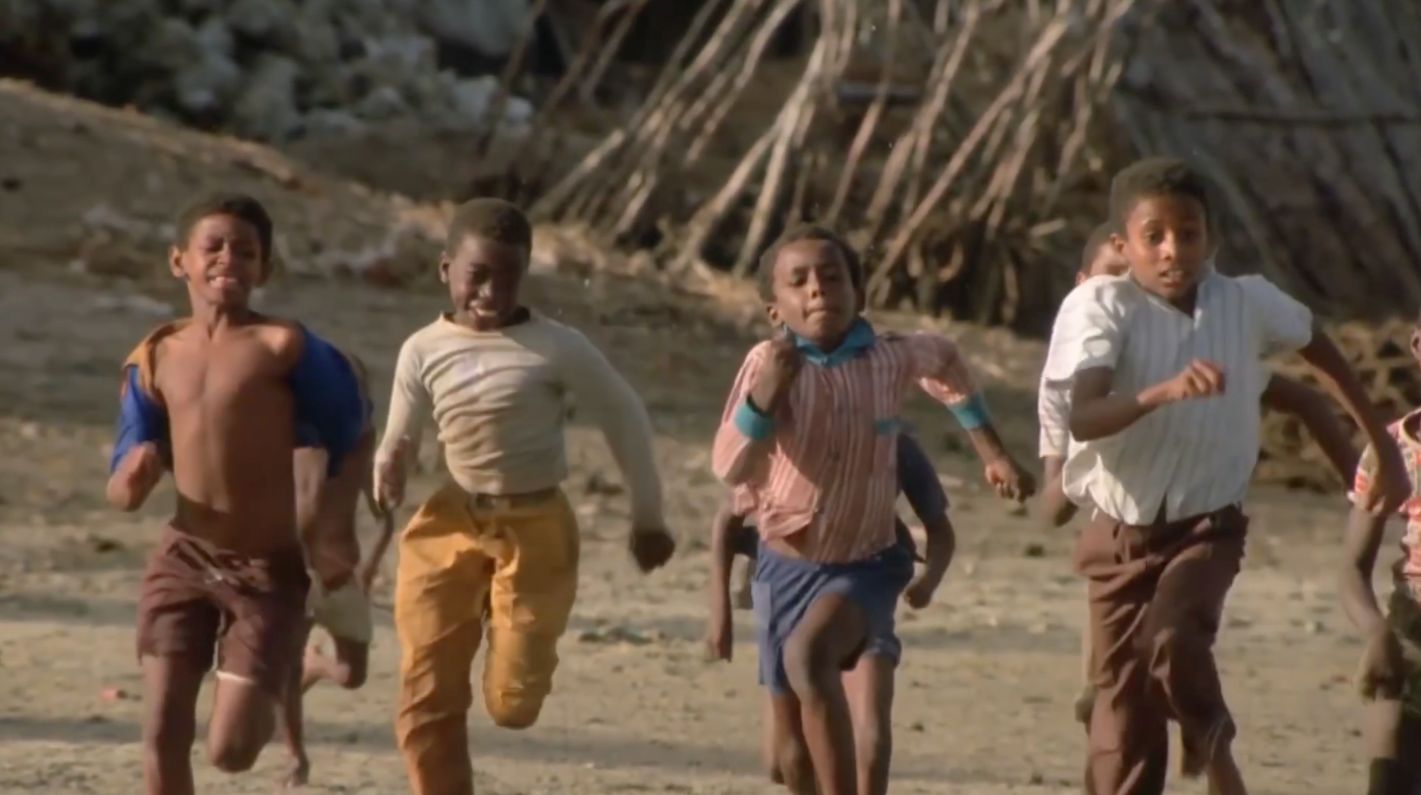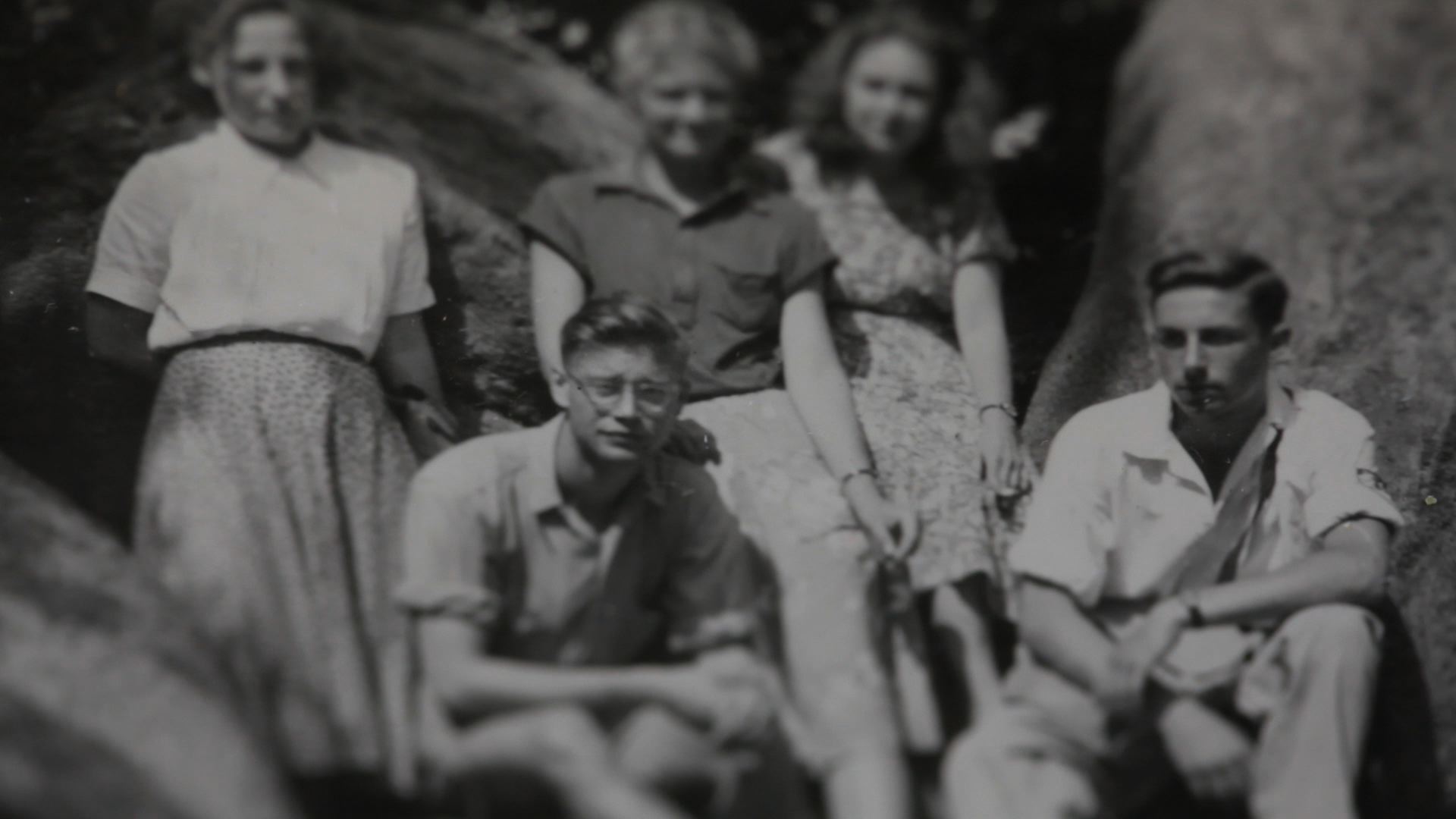Originally published in Arabeschi, Fall 2020
http://www.arabeschi.it/ri-scattare-le-immagini-dinfanzia-archivi-privati-e-performance-digitali-fra-ontologia-ricordo-disconoscimento/
The stories of Father Auditions (2019) turn around the figure of a parent. Its central section is a portrait of the Canadian director’s father, made a year and a half after his death. It opens with a family album, and combines diary materials produced in a domestic context, such as photographs and home movies, with “stolen” images and photographs. Hoolboom reconstructs the life of his father and family in 27 short scenes. This is one of the five chapters/sections/movies that make up the hybrid feature Father Auditions, and includes new versions of some of his earlier work, as well as sections made explicitly for this collection. They include Leaving Church (2019), Damaged (2002), 27 Thoughts About My Dad (2018), Rain (2003), and Buffalo Death Mask (2013).
In each of these segments, Hoolboom creates a portrait of a father figure, and how his speech and gesture echo in the architectures and bodies gathered around him. As one movie chapter follows another, a kind of extended family portrait develops.
But in email correspondence, the filmmaker recalls that his mother was the real creator of the family narrative.
She made most of the photographs in our family. She was the origin of language, the mother tongue, and the source of our picture memories. My mother gathered pictures, like many of her generation, in photo albums, with brief notes, sometimes just a name or a date. This created a sequence and ordering—you can already feel that this is cinema at work, and that there is a forward moving teleology, a narrative of “progress,” though it erodes or eats its own tail through volume after volume, as one generation of the dead replace another. Names are forgotten, countries are forgotten, the terrible wounds have passed.
But my mother had a photographic memory. She could bring back a moment from decades ago in all of its fullness, as if she were there again. Long before the home computer became a commonplace, my mother was my external memory keeper. As a result, I never remembered a thing. Why should I? My memories lived in her.
The figure of the father, so recently lost, both appears and disappears. He is conjured but remains elusive, and it is this pursuit, this quest, that underscores the need to put together “authentic” pictures from the artist’s own life with disparate materials that offer the paternal dreams of strangers. He notes: “The film is composed as a portrait of different fathers, heterogeneous figures who map out a territory, or at least lay down some stakes, about what it might mean to be a father.”
Remembering is like running backwards, an art I practiced with a friend from childhood, Oscar, who says there are just two tragedies in life. Not getting what you want. And getting it. (Rain voice-over)
“Remembering means running backwards” (an anti-pursuit, a recoil, running away?). Childhood photographs can emerge as staged representations, or that’s the claim of the voice-over that comments on an image in the chapter called Damaged, which is entirely made up of still images that slowly dissolve into each other. This one shows kids eating lollipops, and is taken from a movie called Kidtown, which the voice-over claims his mother watched incessantly, and began to pattern their own lives after, not creating a childhood, but recreating it.
Determined to make our childhood as normal as possible, my mother patterned our behaviour after popular movies of the day. Because everyone seemed so happy onscreen, we were encouraged to learn certain scenes by heart, rehearsing them over and over until we got them right. Here we are rehearsing a birthday party from an Andy Hardy movie called Kidtown. (Damaged voice-over)
This burst of reflection on the maternal role in a film dedicated to fathers once again focuses attention on the specificity of parenting. It seems that the mother here performs the function traditionally reserved for paternal figures. It is also a demonstration of how amateur technologies like photography and super 8 were new ways to project patriarchal control into the family.
Under patriarchy, the role of the father is like the ruler of the state. The figure of the father embodies and projects a hierarchy of power, he is charged with issuing regulations while disciplining “the lower classes” (wife and kids), demonstrating authority and the law. But in these five chapters, the ordering gaze of the male gender is met by a parallel track, a female “direction,” that is busy establishing alternative codes and normativities.
In this family it is the mother who takes up the reins of the domestic group’s self-representation. And Hoolboom himself considers the maternal figure decisive as the depository of family memory. In fact, with his mother’s “photographic” memory, she becomes a kind of living archive, as well as the origin of language (the “mother tongue”), and the family’s storyteller.
Far from confusing the plane of experience with that of representation— photographic or filmic—the voice-over in Father Auditions demonstrates and insists upon a gap between the fictionization of experience and the reality of feeling, which takes on a deep meaning in the images of childhood, in which the subjects portrayed are framed as part of a family performance, a staging often outside of their control.
The images in Hoolboom’s films are enlarged, sped up or slowed down, frozen onscreen, pulled apart and set into a restless flow. Each moment is cast into a magma of other pictures, so that family “truths” slip away even as they are being recalled.
The individual stories and details are true but unimportant, they’re forgotten almost instantly. What remains, I hope is the tone. There’s a residue, something that is left over, a feeling in the room. Could I somehow convey the feeling of my father, something of his easygoing lightness, his genial disengagement and detachment, his tendency towards abstraction and escape? How to offer some sense of his passing life, and the way he touched me as he left the room.
Each chapter of Father Auditions features stories that recompose the archive of pictures. While photography is a necessary memory prompt it is insufficient in itself (if a picture is worth a thousand words, why does it have to be a saying?), it highlights moments while obscuring or even concealing others. The picture’s incompleteness, or better, its rich capacity to trigger multiple associations and memories, are met again and again by texts that spin stories, assigning a place to each detail. The stories perform another function as well, they conjure the author alongside his subject, so that there is always a double portrait at work here, of father and son, as if there was no way to describe one without becoming the other.
Despite his use of “found” imagery and sounds, the artist appears alongside his subject, as if the camera were able to record in two directions at once, in stereo. Father Auditions is also a portrait of the artist, who is not the “father of fathers,” but an agent that tries to turn paternity into a kind of brotherhood, a fraternity of equals. In other words, a utopian impulse courses through the movie’s five parts.
I realized that I was fulfilling the dream that every kid must have had at least once: I was giving birth to my father. Through images.


